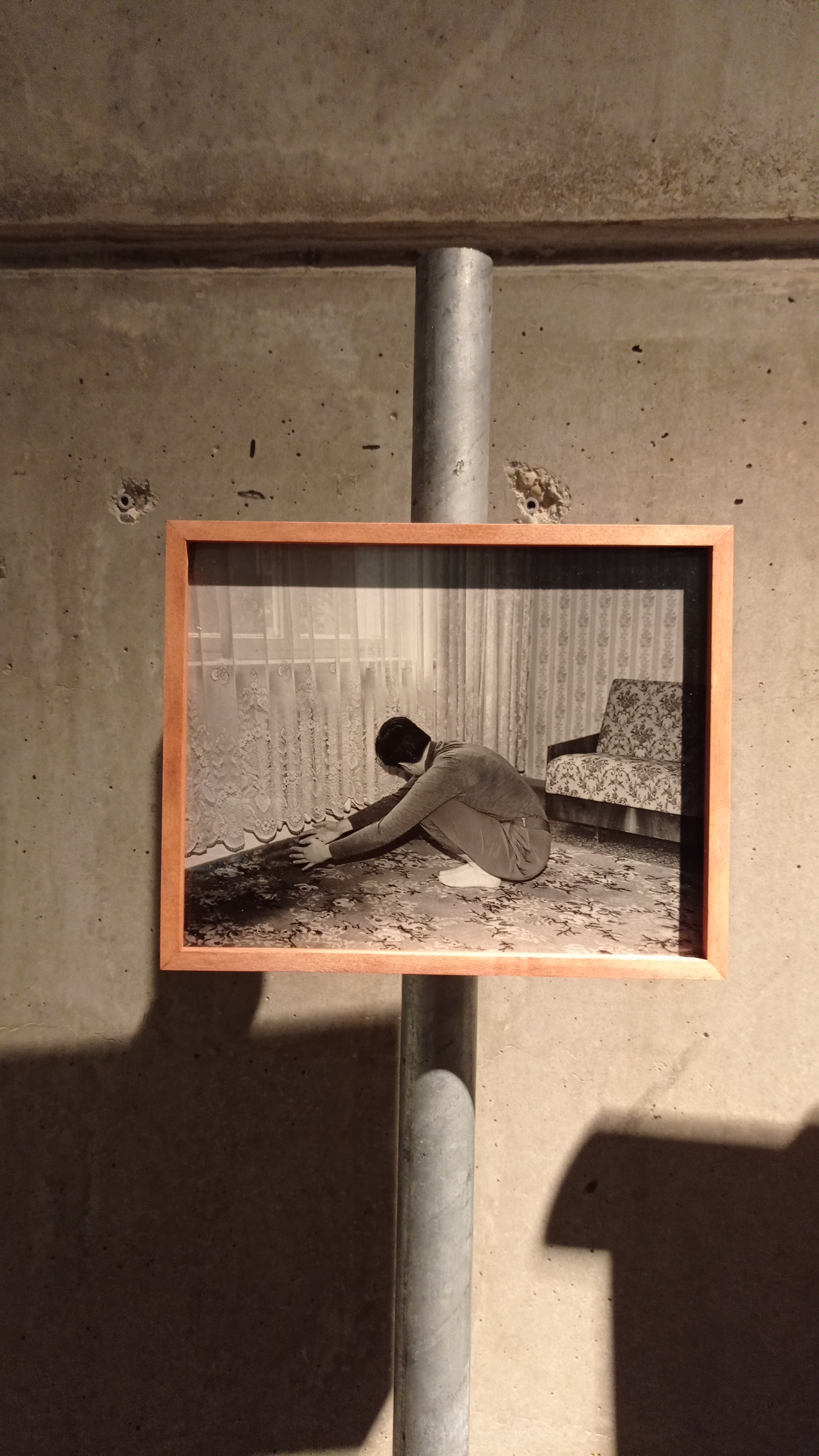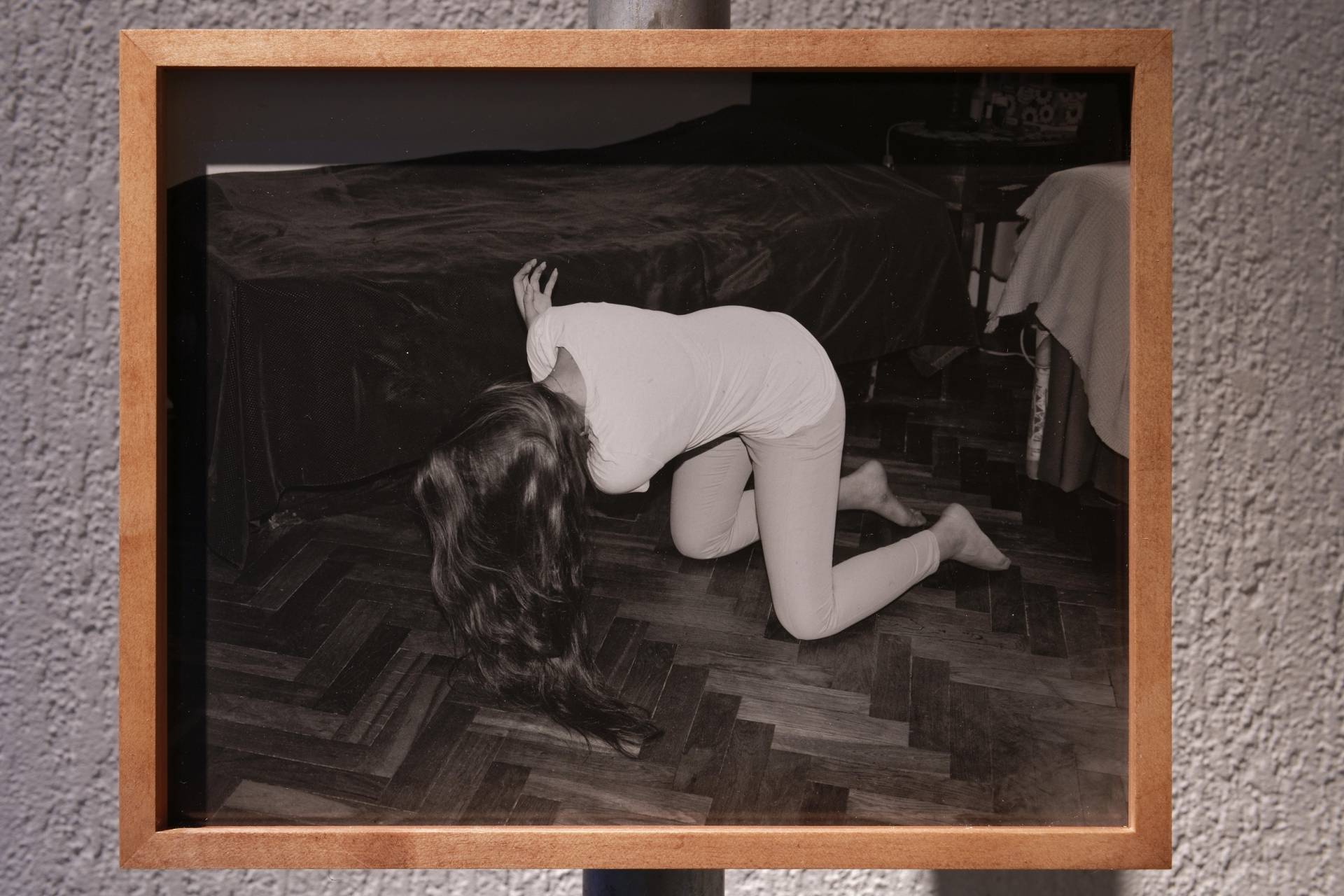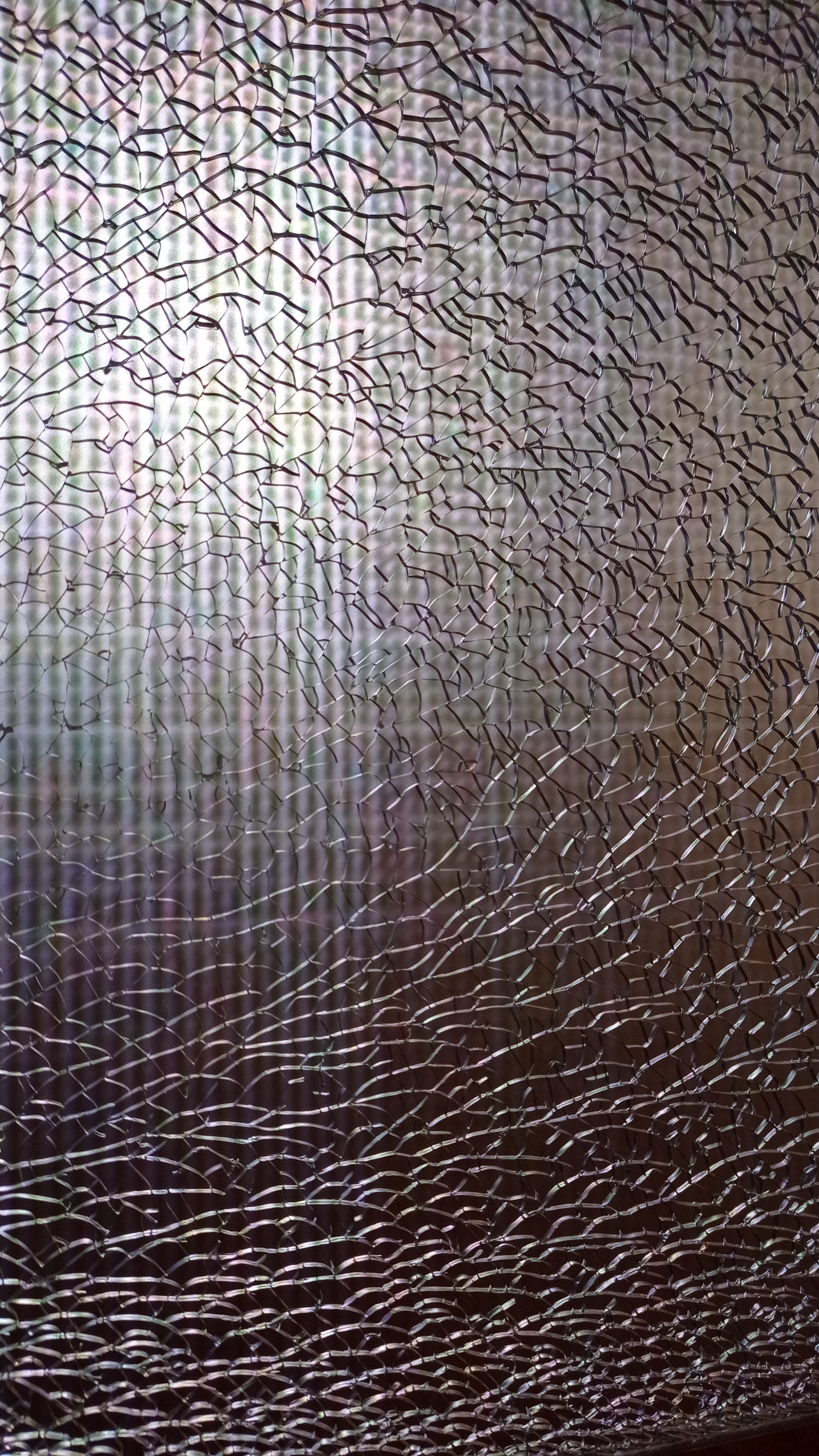Highlights from Biennale de Lyon : Manifesto of Fragility
Highlights from Biennale de Lyon : Manifesto of Fragility
︎ Arguments from Silence, Seher Shah
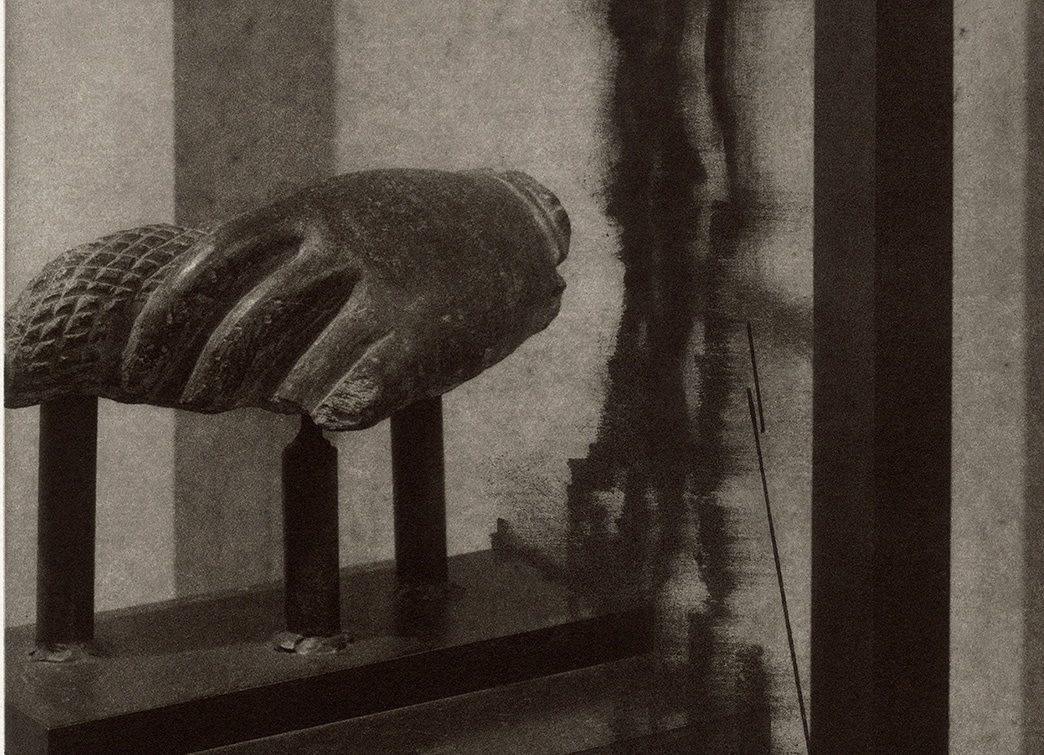
“The series Argument from Silence by artist Seher Shah explores the potential of fracture and erasure. In the spring of 2018, Shah came across a sculptural fragment of a hand. Situated in a government museum in Chandigarh, it depicted the folds of a garment around a broken limb. Visually tracing the hand, one could see cartographic borders, river lines, and a profound displacement embedded within. Made from the diverse, shared, and accumulated knowledge of Persian, Syrian, Greek and Indian cultures, this fragment evoked to the artist at once an inherited loss, and a kinships between diverse communities. The collection was divided between Pakistan and India from the Lahore Museum’s vast collection, after the catastrophic partitioning of the region in 1947, a brutal reorganization of territory, which continues to haunt and divide the citizens of the region through violence and military policing. For Shah, this sculptural fragment spoke to the nightmares of the past and present, and her ongoing questioning of citizenship, belonging and home.”






︎ Check Seher Shah’s website
︎ 2nd July, 2020, Munem Wasif
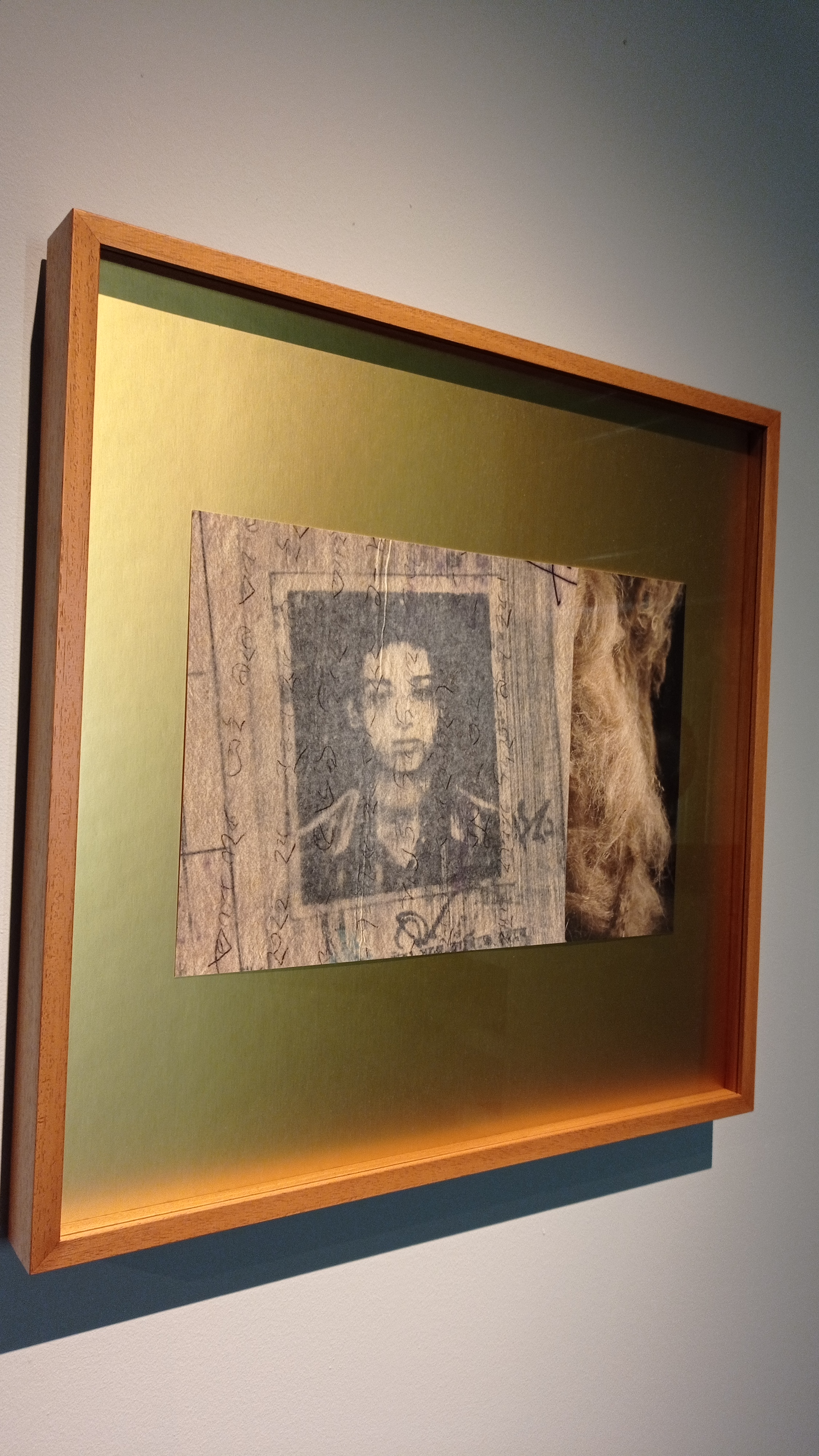

“Following the Government’s decision to close down 25 state- owned jute miles and lay off 57,000 workers through the “golden handshake” scheme in Bangladesh on 2 July 2020, Munem Wasif produced a series of 11 photographic works. Echoing the pain and precariousness of these people who have lost their jobs, he unfolds a poetic narrative around work, economy and resistance. Juxtaposing hand gestures with administrative documents, he reveals the contrast between human feelings and the objective reasoning of numbers.”


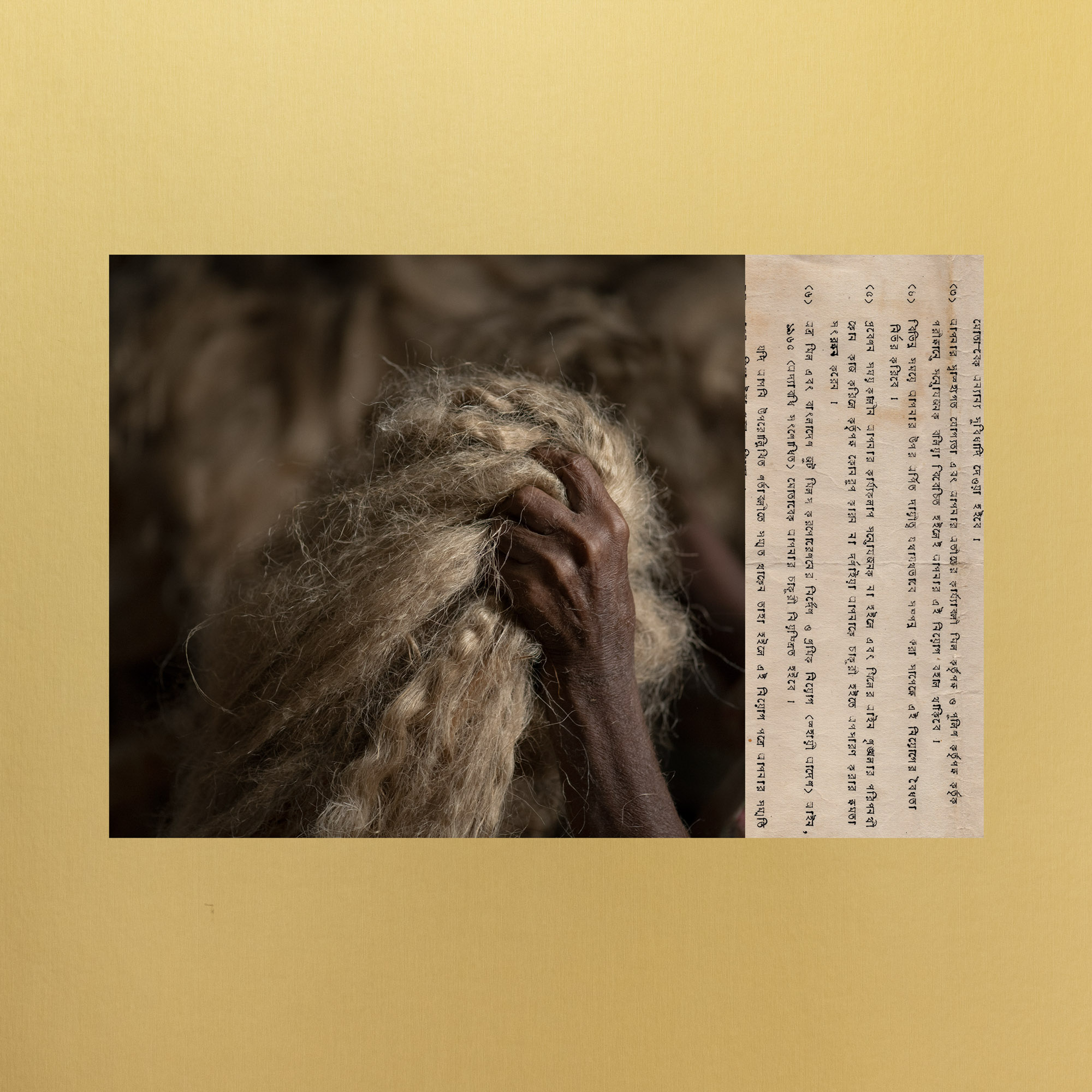
︎ Check Munem Wasif’s website
︎ Untitled, from The Self Defence Series, Joanna Piotrowska
“In her black-and-white photographs, Joanna Piotrowska focuses on human relations and their bodily expressions in order to investigate behaviours relating to freedom, submission, protection and oppression. The Self Defence series, inspired by the writings of the feminist psychologist Carol Gilligan, explores the way in which, during adolescence, women adopt certain behaviours to adapt to the patriarchal framework. Staged by the artist, the subjects strike poses from self-defence manuals, and the instructive illustrations thus come to life, animating the choreographic forms. The protagonists, in a precarious state of equilibrium or seriously contorted, are often portrayed in fragile and vulnerable situations. Through these unsettling images, Piotrowska examines the symbolic and invisible power structures that constrain human behaviours. In doing so, she highlights the impact of culture, politics and history on each individual’s private and emotional life.”
![]()
︎ But my head is still singing..., part of the series I stared at beauty too much, Joana Hadjithomas & Khalil Joreige

“I Stared At Beauty So Much is a series video and photographic works, which ask the question: how can poetry be pitted against the chaos of today’s world? The series addresses the question by focusing on the place where these modes – of fiction and the real – intersect, and blur. “
“Facing catastrophe, Orpheus comes to mind, as a haunting figure.
Heartbroken after the death of Eurydice, he is dismembered by the furious Maenads, and his body is scattered all over.
But his head, alone, continues to sing.
As our exhausted voices attempt to do. “


︎ Check the website of Joana Hadjithomas & Khalil Joreige
︎ Proposal for a Proposal, Raed Yassin
︎ Princess of Oblivion, Raed Yassin

“Inspired by both conceptual art and pop culture, the work of Raed Yassin uses personal stories to interrogate collective memory. In his project Yassin Haute Couture, the artist rewrites the story of a fashion designer, Samir Yassin, who happens to be his own father – a father he barely know, who died when Raed was a child. Through fictional vehicles, he reimagines his past to resist forgetting. In Azya’s Yassin, he recreates in neon the sign of his father’s fashion house. In Proposal for a Proposal, he embroiders on archive photographs the wedding dresses that his father could have designed for brides-to-be. In Princess of Oblivion, he photographs the model Fadwa Harb wearing several outfits that his father designed for a Saudi princess, who was poisoned and murdered before she could try them on. Though appealing and innocent at first glance, these images conceal tragic fates and private traumas.”



︎ Check the website of Raed Yassin
︎ Even the Shade does not belong to them, Mohammed Kazem


“In seeking to reveal what is habitually concealed, Mohammed Kazem acts as an agent of resistance. The six canvases in his series Even the Shade Does not Belong to Them, based on photographs he took in the street, portray labourers working on building sites. It seems as if we are looking at the protagonists, painted in acrylic and dark ink, through a murky glass. The effect conveys how the labourers, though always there, often go unnoticed. “People look right through them” notes the artist. “

︎ A los Heroes, Daniel Otero Torres
 Exhibition view, manifesto of fragility, the 16e Lyon Biennale, curated by Sam Bardouil & Tll Felhath, Usines Fagor, Lyon.
Exhibition view, manifesto of fragility, the 16e Lyon Biennale, curated by Sam Bardouil & Tll Felhath, Usines Fagor, Lyon.“Continuing his research into the history of social struggles, Daniel Otero Torres’ work emerges from the visual assemblage of varied historical sources. His installation opens onto a reproduction of the Monumento a Los Héroes , a freedom fighter memorial and space for resistance and expression in Bogotá , where large numbers of demonstrators gathered during protests and strikes since its inauguration in 1825 until its destruction in September 2021. An ensemble of sculptures is spread out : fountains made from reclaimed materials; precarious constructions that were previously makeshift accom- modation; and hand-drawn pictures on aluminum and mirror polished stainless steel. This piece by Daniel Otero Torres, medling private recollections and collective memory, imagines new strategies of resistance and resilience, celebrating the force of unity and the common values shared within various groups.

Based on archival images, this series of sculptures are the representation of groups of people hugging each other for a common good. They include images from different archives of different conflicts and peace processes in several countries around the world. Each set captures a moment where people from confronted ideologies and backgrounds come together into a hug.
For the artist, the union of these opposing forces creates such an energy —like negative magnets coming close to each other— that it can be comparable to the power released in the universe when the stars are created.
 Exhibition view, manifesto of fragility, the 16e Lyon Biennale, curated by Sam Bardouil & Tll Felhath, Usines Fagor, Lyon.
Exhibition view, manifesto of fragility, the 16e Lyon Biennale, curated by Sam Bardouil & Tll Felhath, Usines Fagor, Lyon.On the left, the fragments of images come from victims of the Guatemalan Civil War, the Israeli-Palestinian, the Apartheid in South Africa, amongst others. The central work was made from images found in different media during the peace process in Colombia since 2016. We can find victims and their aggressors or people from enemy groups who find forgiveness in an effort to build a better future. The sculpture on the right is the result of assembled pictures of loved ones, taken by the artist.
Based on documentary research, the totemic hand drawn and painted sculptures of Daniel Otero Torres are situated in a gateway between mediums, cultures and continents. Archival documents, images found on different media and photographs captured by the artist are the starting point from which he questions the status of polarization, the sense of conflicts, the building of forgiveness, the force of affection and the search for peace in different regions in the world.”
︎ Check the website of Daniel Otero Torres
